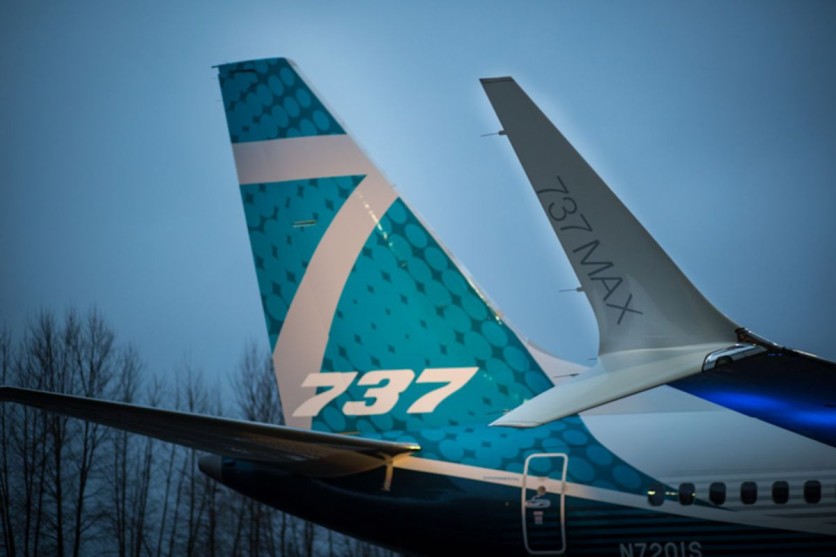The U.S. Federal Aviation Administration is launching a formal investigation into the Boeing 737 MAX 9 after a cabin panel blew off an Alaska Airlines flight last week in mid-air, forcing an emergency landing, the regulator said on Thursday.

The Federal Aviation Administration has grounded all Boeing 737 Max 8 and Max 9 in the United States. The move came after days of mounting pressure from various groups to halt all flights involving these jets.
Launching a Formal Investigation
The FAA has grounded 171 Boeing jets with the same panel pending safety inspections. Most are operated by U.S. carriers Alaska Airlines and United Airlines. The recent incident marks the latest in a series of events that have raised concerns about the reliability of the aircraft manufacturer.
Ongoing discussions took place on Thursday among Boeing, the FAA, and various airlines regarding revised inspection and maintenance instructions from Boeing. These instructions require FAA approval before airlines can resume operating the planes.
The Verge reported that the FAA emphasized that the Alaska Airlines incident should have never happened and that it cannot happen again.
In a letter sent to Boeing on Wednesday, the FAA initiated an investigation to determine if Boeing failed to ensure that completed products adhered to the approved design and were in a condition for safe operation, as per FAA rules.
The agency highlighted the presence of "additional discrepancies" in other 737 MAX 9 planes. Boeing expressed its commitment to full cooperation and transparency with the FAA and the NTSB as they conduct their investigations.
On Thursday, Reuters reported that Boeing shares experienced a 1.8% decline, contributing to a total decrease of over 10% since the incident unfolded.
Also Read : Boeing Starliner's Flight Pushed Back Again - Could Be Ready to Fly First NASA Crew by March
Earlier in the week, both Alaska and United Airlines reported discovering loose components during preliminary checks of multiple grounded aircraft. This raised new concerns about the manufacturing process of Boeing's top-selling jet family.
Consequently, The New York Times reported that the two carriers had to cancel a significant number of flights since Saturday, with United canceling approximately 200 flights and Alaska Air canceling 158 flights on Thursday alone.
Concerns from U.S. Lawmakers
Reuters reported that a growing cohort of U.S. lawmakers has voiced broader apprehensions regarding Boeing and raised questions about the company's quality control in manufacturing.
Senators Ed Markey, JD Vance, and Peter Welch expressed deep concerns to Boeing CEO Dave Calhoun, connecting the recent incident with loose bolts to potential systemic issues in Boeing's ability to produce safe airplanes.
Boeing refrained from commenting on the senators' letter. Earlier reports indicated that the company treated the findings as a "quality control issue," conducting checks at Boeing and supplier Spirit AeroSystems.
Calhoun acknowledged a "quality escape" leading to the incident on the MAX 9 aircraft, emphasizing it as a concern.
The Alaska Airlines flight, operational for just eight weeks, experienced a cabin blowout at 16,000 feet during takeoff from Portland, Oregon, on Friday. The plane returned safely with minor injuries to those on board.
FAA stressed the importance of Boeing adhering to high safety standards in its manufacturing practices, emphasizing legal accountability.
U.S. Transportation Secretary Pete Buttigieg declined to specify when the FAA might permit the planes to resume flights but underscored Boeing's responsibility to ensure their planes are "100% safe," prioritizing safety over any timeline considerations.

![Apple Watch Series 10 [GPS 42mm]](https://d.techtimes.com/en/full/453899/apple-watch-series-10-gps-42mm.jpg?w=184&h=103&f=9fb3c2ea2db928c663d1d2eadbcb3e52)



